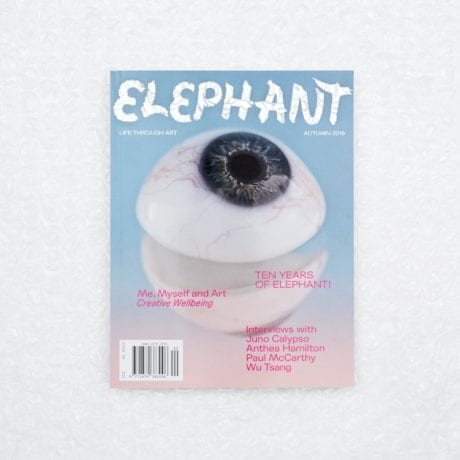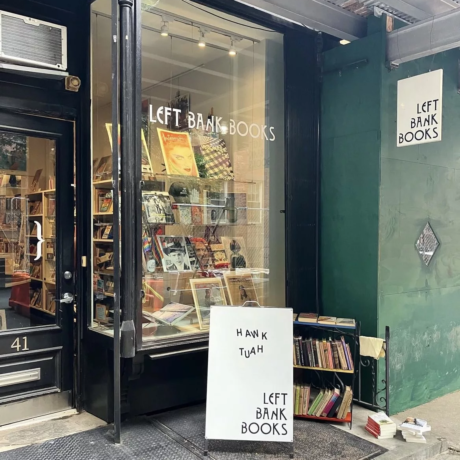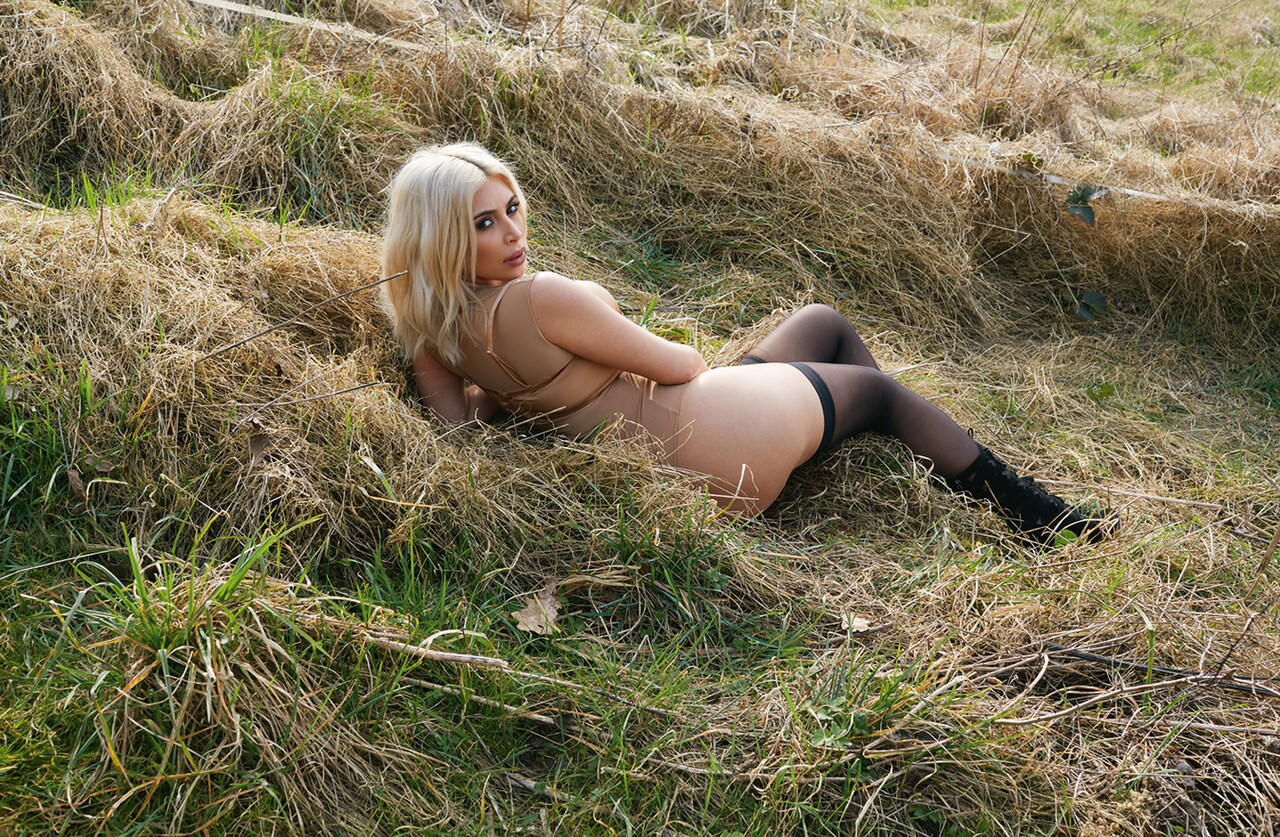
There’s no shortage of advice on the many ways in which we can engage in self-care: get a good night’s sleep, spend time outdoors, eat well (for your body and the planet), consider the benefits of having a pet and, within all of that, understand yourself. Art might even be a helpful component of self-care—but is it a mental activity and source of stimulation which improves life balance, or an obsessive activity which tortures its creators with a fear of failure?
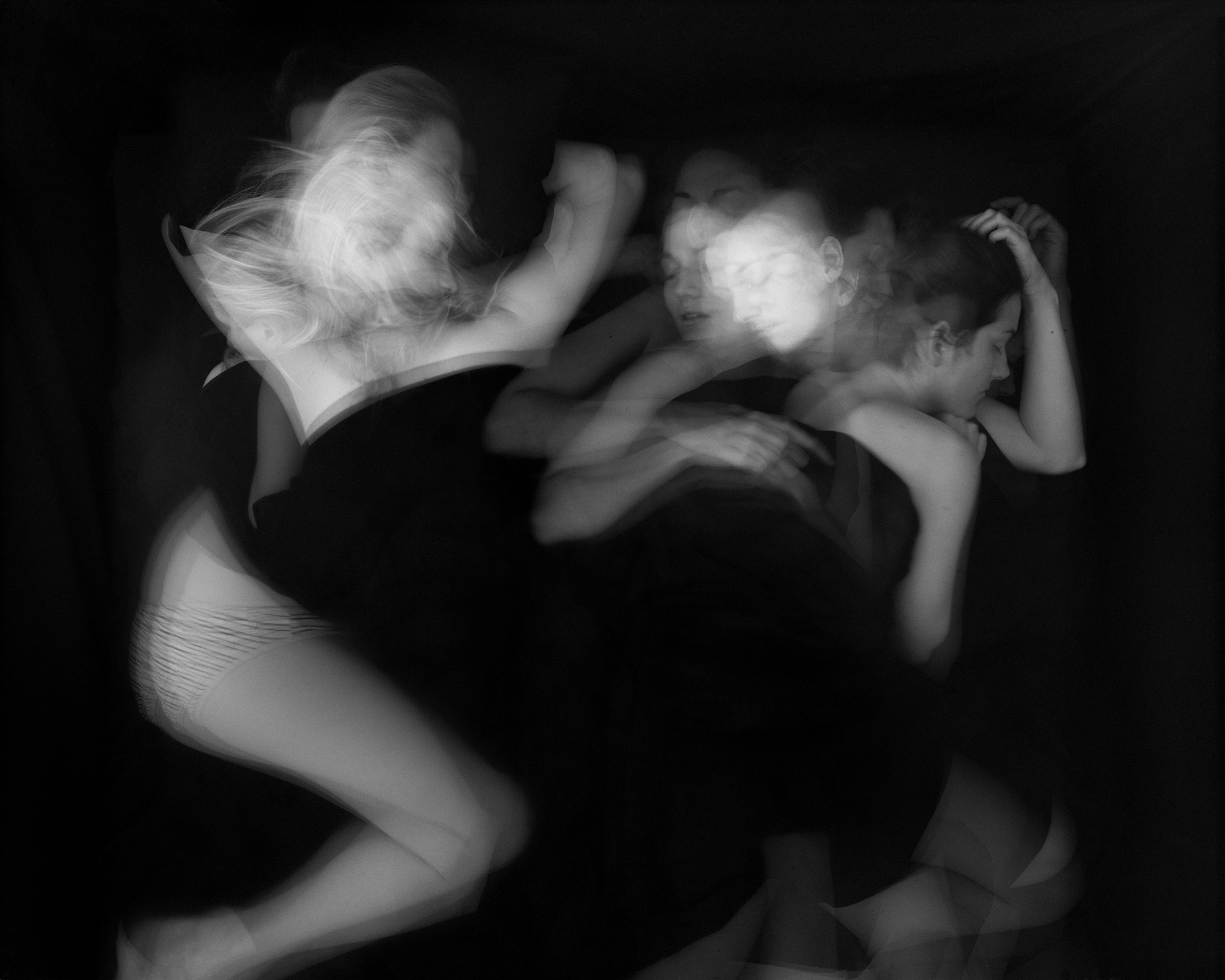
Paul Maria Schneggenburger
How much sleep should you have? That’s a topic of much advice. But is the quality of sleep—as well as the potential for other healthy intimacies—better if you share your bed? The go-to artist for that question might be the Austrian photographer Paul Maria Schneggenburger. He has a bed in his studio, where he has taken 120 overnight photographs to date of lovers
and families, capturing the dance of their mutual rest with a single six-hour exposure lit only by candlelight.
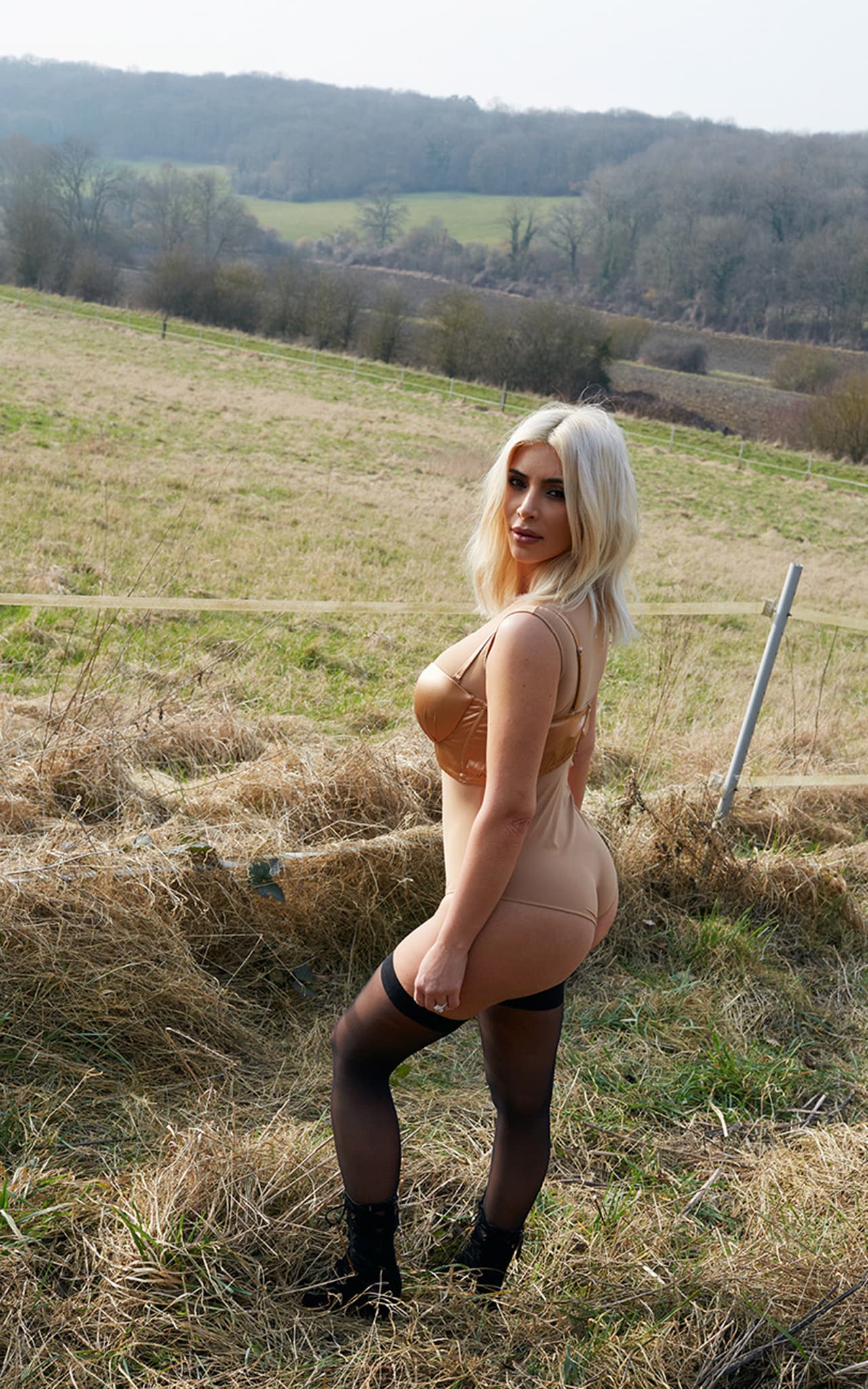
Juergen Teller
Much of the Kardashian brand is about self-care of one sort or another, and marketing its ramifications for make-up, diet and lifestyle. The benefits of fresh air in the countryside are not what springs to mind among Kim’s endorsements, but that’s what Juergen Teller captured in his typically madcap shots taken in France, achieving the impressive feat of showing the mega-photographed pairing of Kimye afresh. Here, Kim demonstrates how to let plenty of fresh air reach the body while ensuring that long socks protect against prickles and stings.
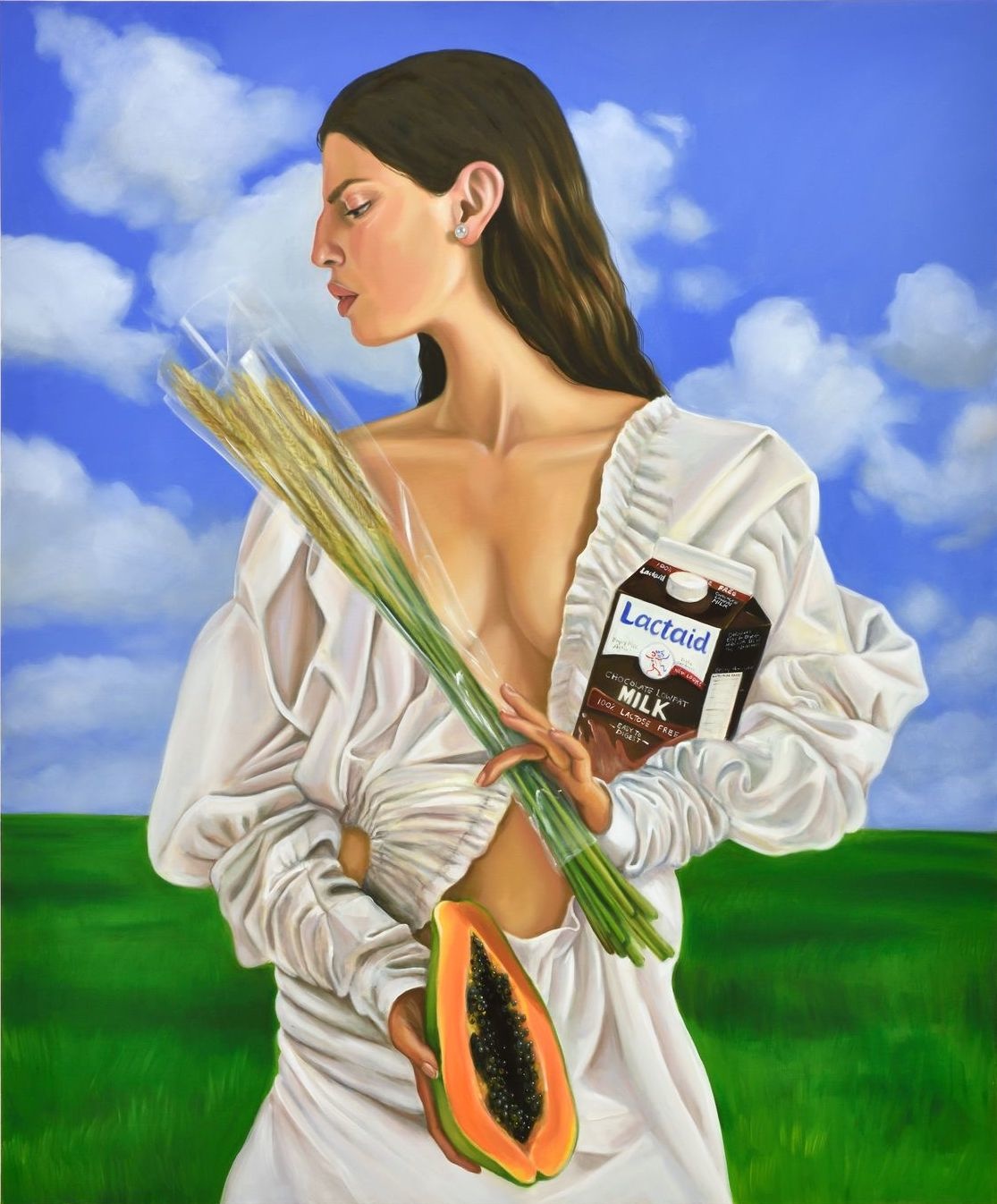
Chloe Wise
Diet is at the heart of many online self-care tips, and there seems to be an ever-expanding range of factors to take into account. Young New York-based Canadian Chloe Wise catches something of that with paintings in which women display food and drink against an idealized Alpine background. The question here might be: are the non-dairy alternatives to milk (which feature throughout the series) actually better—for us and the planet—than the traditional products to which the background alludes, or is that just an advertising line? Less methane from cows farting, in the case of soya milk for example, but more deforestation to grow the crops.
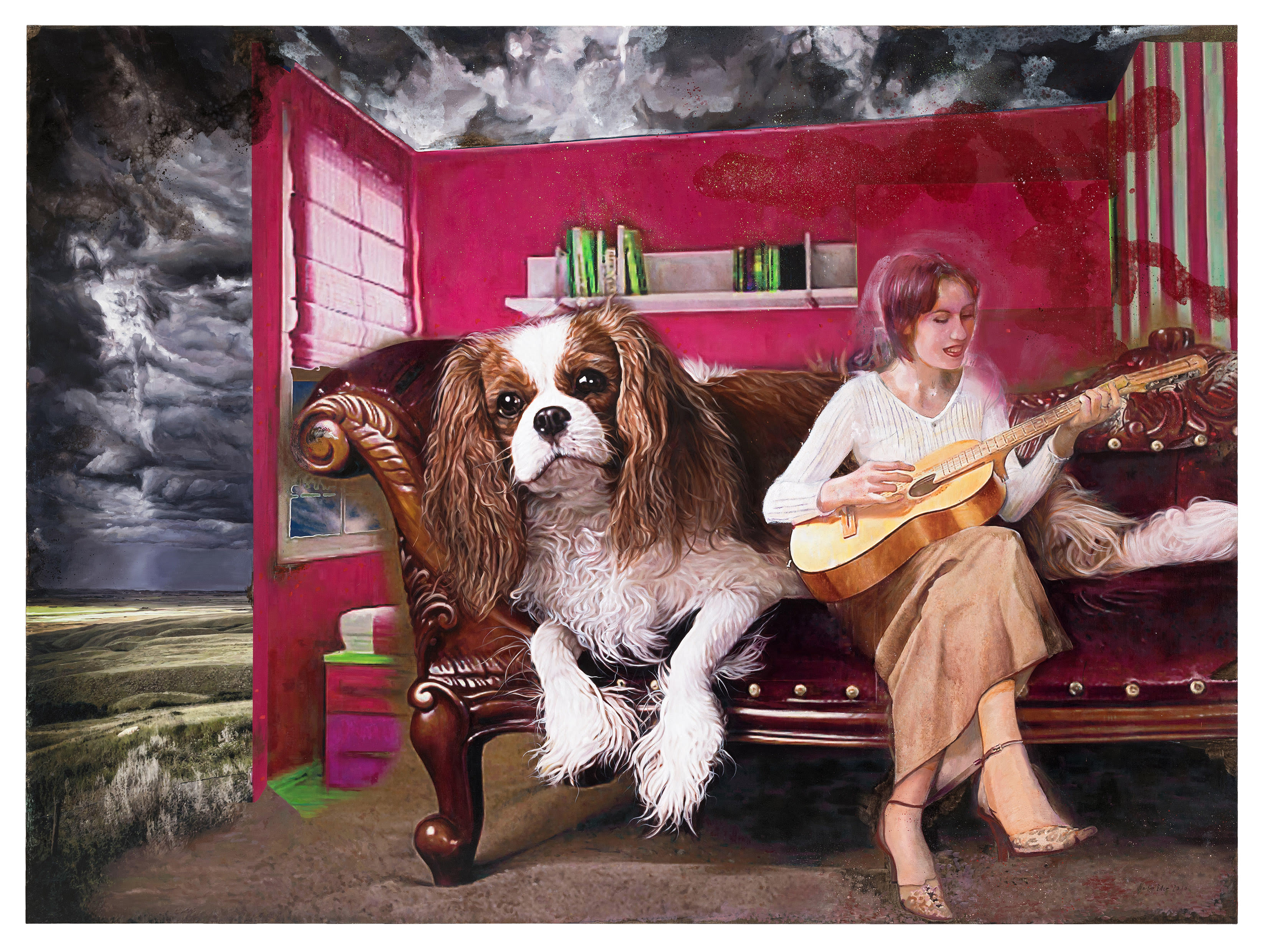
Martin Eder
Pets are widely seen as beneficial for mental health and—in the case of dogs—physical health, too, as they encourage exercise. Likewise, practical interests like playing an instrument
. Here German painter Martin Eder
takes the former to excess and adds the latter as a bonus. Indeed, one might wonder whether it’s the ridiculous and walk-problematizing scale of the pooch which is behind the need for a diversionary tune. Typically with Eder, a ludicrous subject triggers luridly bravura painting as he satirizes through exaggeration such trends as the fashionable lapdog.
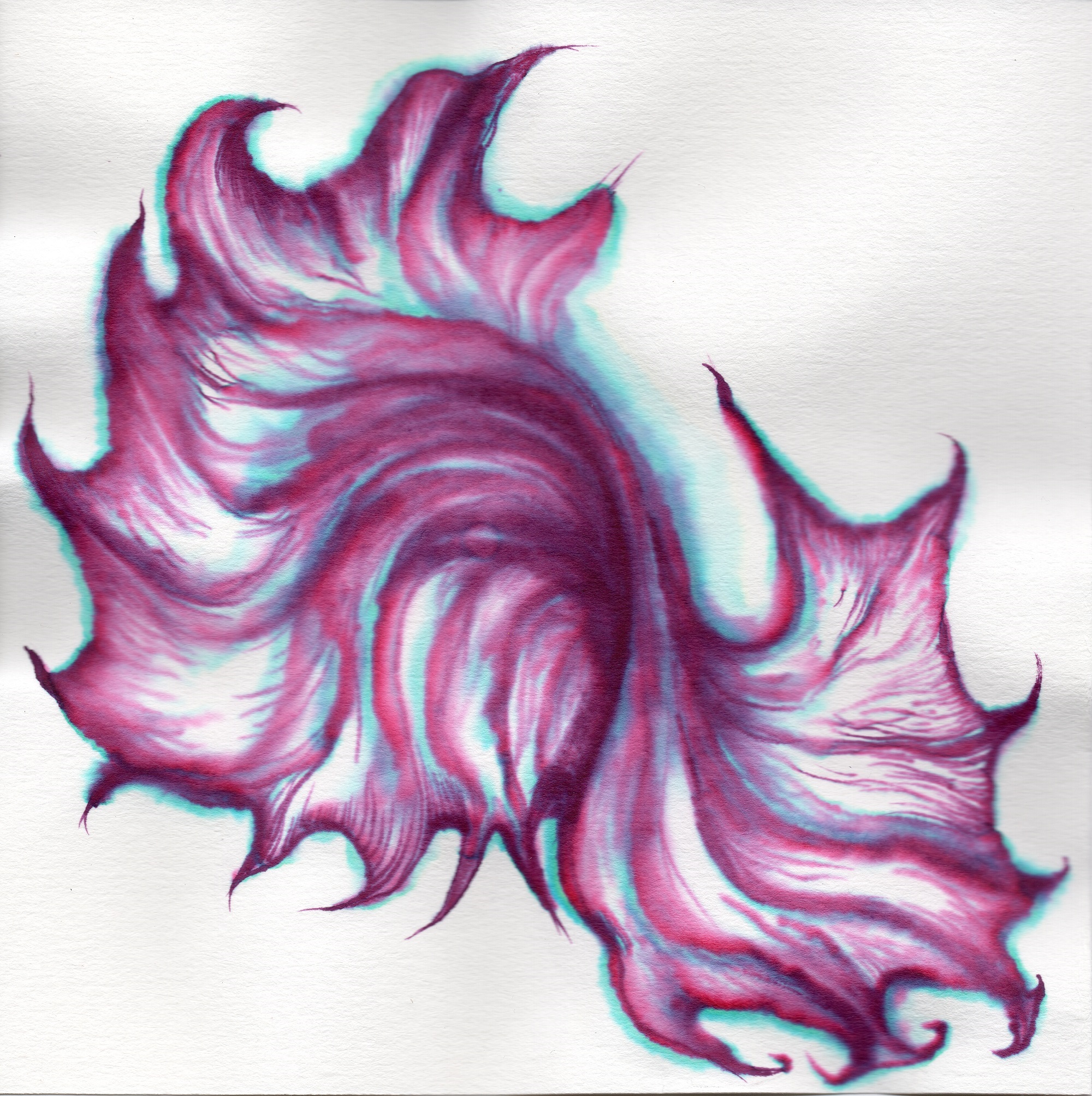
Nell Sully
A pre-requisite of optimal self-care is self-understanding. Nell Sully has made a series of drawings which focus on the three main instincts identified in the Enneagram, a widely-used framework for distinguishing personality types. Sully believes, in accordance with the associated teachings, that “to become ‘well’ we need to understand our instinctual energy drive, how we hold it and how to shift it”. Moreover, she is convinced that there is geometric form to these emotional energies. Hence this drawing, which imagines a structural shape which might, in her words, “twist / avoid / shake off anything that threatens”. A lively abstract drawing becomes the potential starting point for a theoretically grounded discussion of self-care.
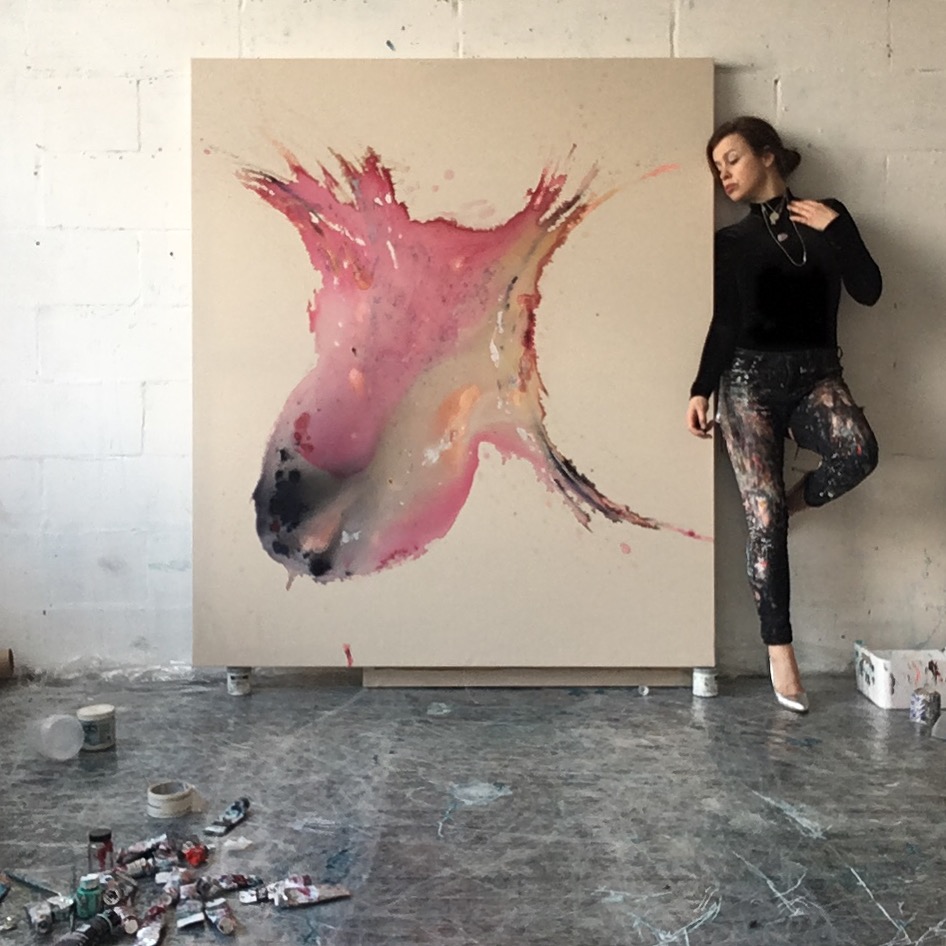
Clare Price
It is important to “say yes” to your own self-care, recognizing it as a priority. Perhaps art can contribute. Clare Price makes rapid gestural paintings scaled to her body, and often adds to their performative aspect by photographing herself remotely as she strikes dance-like poses in front of the works. That suggests an autobiographical angle, confirmed by the photographs’ original publication on a private Instagram account alongside hashtags indicating emotional states: “#needs”, for example, or “#fragile”. As suggested in the title above, Price sees the process—which has become part of her publicly exhibited practice—as having had “a healing quality from experiences of trauma and oppression, a reclaiming of the self in safe spaces, both physical and online”.
This feature originally appeared in Issue 40
BUY ISSUE 40